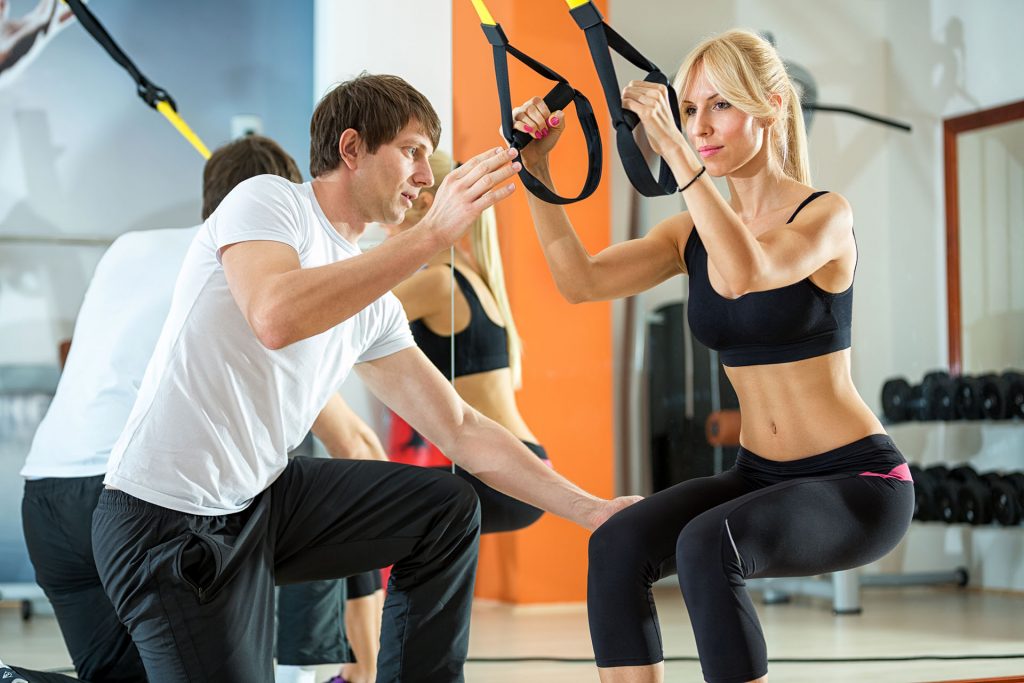Physical Therapy Evaluation
Your initial evaluation will include a subjective history of your injury or problem, a complete physical exam and an evaluation of the findings. This is required prior to intervention or treatment and allows your Physical Therapist to determine the best treatment plan to meet your goals. Your initial visit will include the comprehensive evaluation, patient education, a home exercise program and any treatment recommended by your Physical Therapist. Physical Therapy evaluations should only be performed by a licensed Physical Therapist.
Physical Therapy Follow-Up Visit
Your follow-up visit will include a combination of manual intervention + an exercise component.
Physical Therapy Drop-In
Forgot to schedule an appointment or have an emergency? 15 minute treatment gets you in the same day.
Manual Therapy
This is a “hands on” treatment approach to correct dysfunctions present that are potentially contributing to symptoms. Manual therapy can address joints, muscles, connective tissues (ligaments and tendons), and nerve tissue. Manual therapy may include joint mobilization, and/or soft tissue (e.g. muscles and nerves) mobilization.
Manual therapy may also involve manipulation of the joints or spine. This involves moving a joint beyond its dysfunctional restriction (stiffness) but still within its anatomical limits. A manipulative technique is a passive, controlled, high speed and localized thrust performed which may or may not result in the patient experiencing a “popping” sensation that is usually painless. Physical Therapists, Osteopathic Physicians, Medical Doctors and Chiropractors are all educated and trained to use manipulation techniques within their scope of practice. Learn more about manipulation and the difference between the professions of Physical Therapy and Chiropractic here.
Home Exercise Program
A personalized and specific exercise program will be designed for you to perform outside of the physical therapy clinic and upon completion of your Physical Therapy program. Home exercises are designed to help patients maintain clinical progress in mobility, strength, and function made between treatment sessions. The exercises are designed to compliment the exercises performed in the clinic and the manual therapy provided.
Therapeutic Exercise
Exercise programs are designed specifically for each patient’s presentation to target the dysfunction or structures found to be at fault during the exam process. Clinical exercises specifically designed to assist in rehabilitation of individual injuries will be progressed to function as you improve. These exercises prescribed by your Physical Therapist serve as an adjunct to manual therapy.
Modalities
Physical Therapists sometimes utilize modalities in the rehabilitation of injuries. Thermal modalities (warm or cold agents), such as therapeutic ultrasound, contrast baths, ice packs or heat can be used to decrease pain, decrease swelling and inflammation or increase mobility as an adjunct to other treatments. Electrical modalities are also utilized as an adjunct to treatments and are used to stimulate tissue to increase blood flow, decrease swelling and inflammation, increase mobility, and decrease pain.

